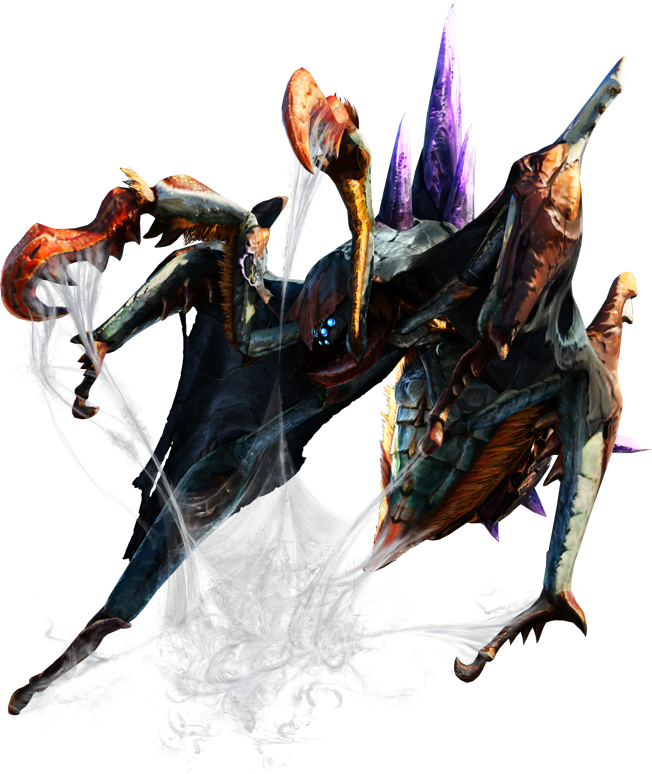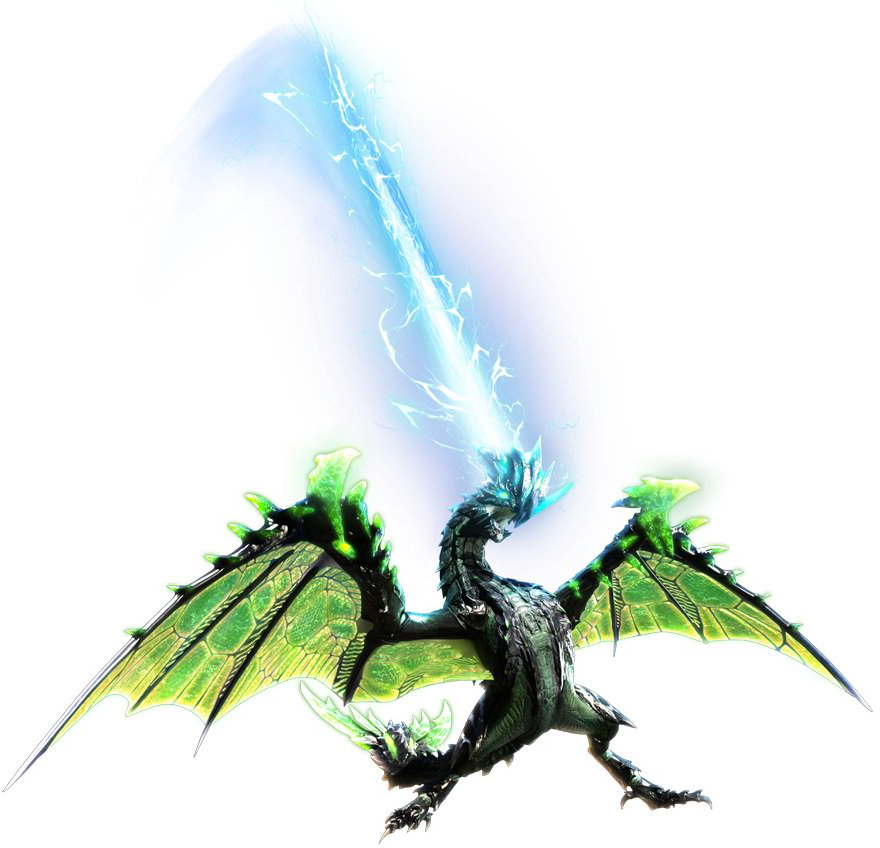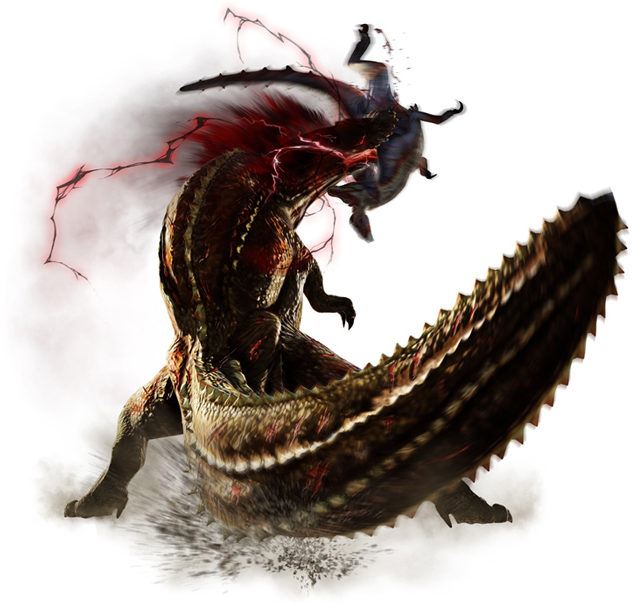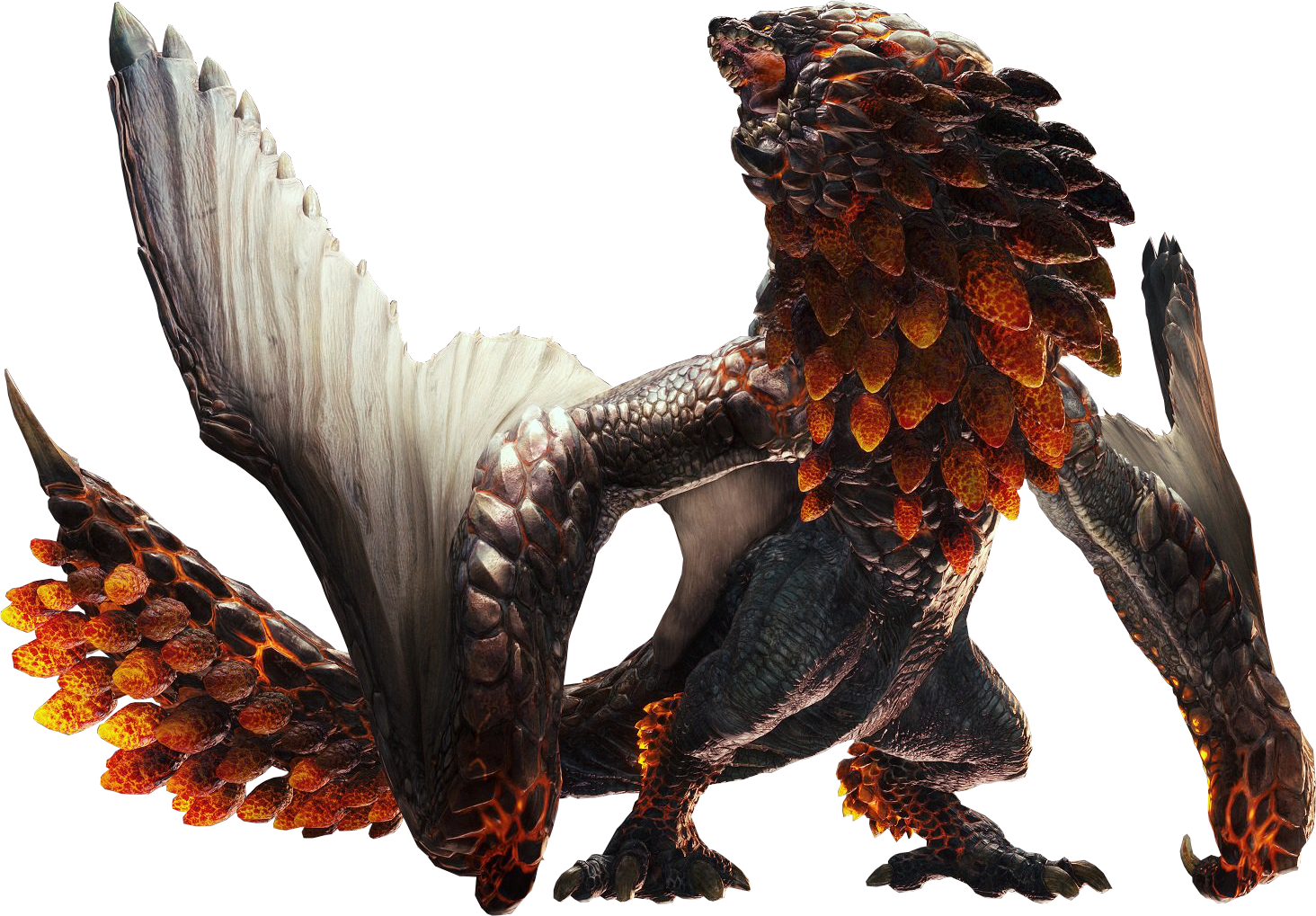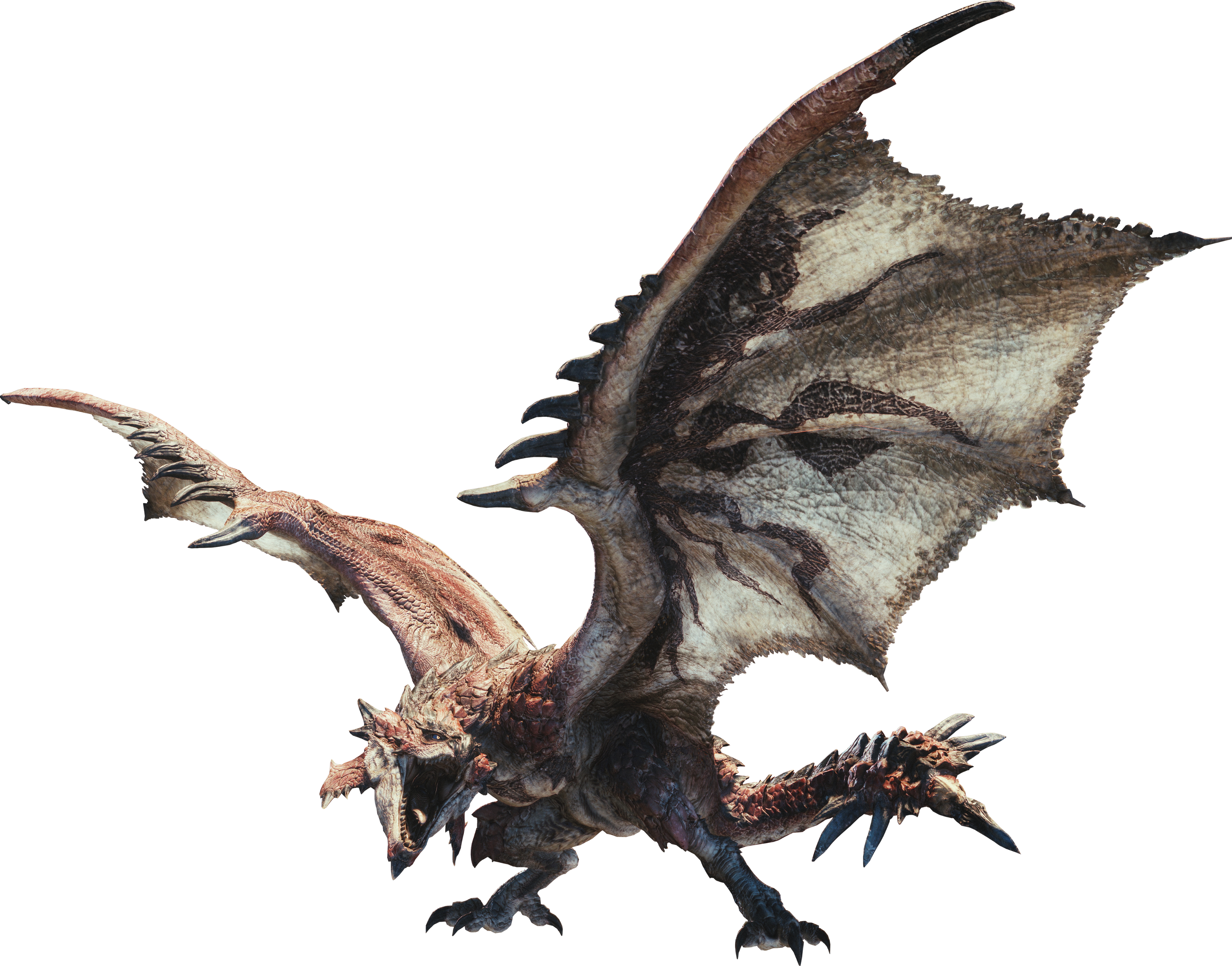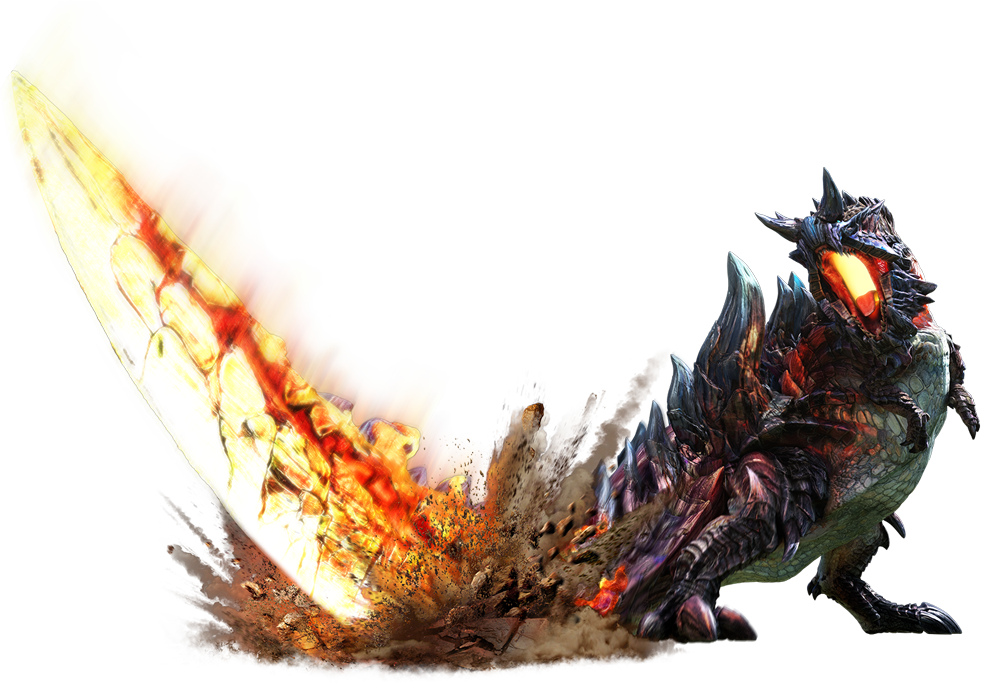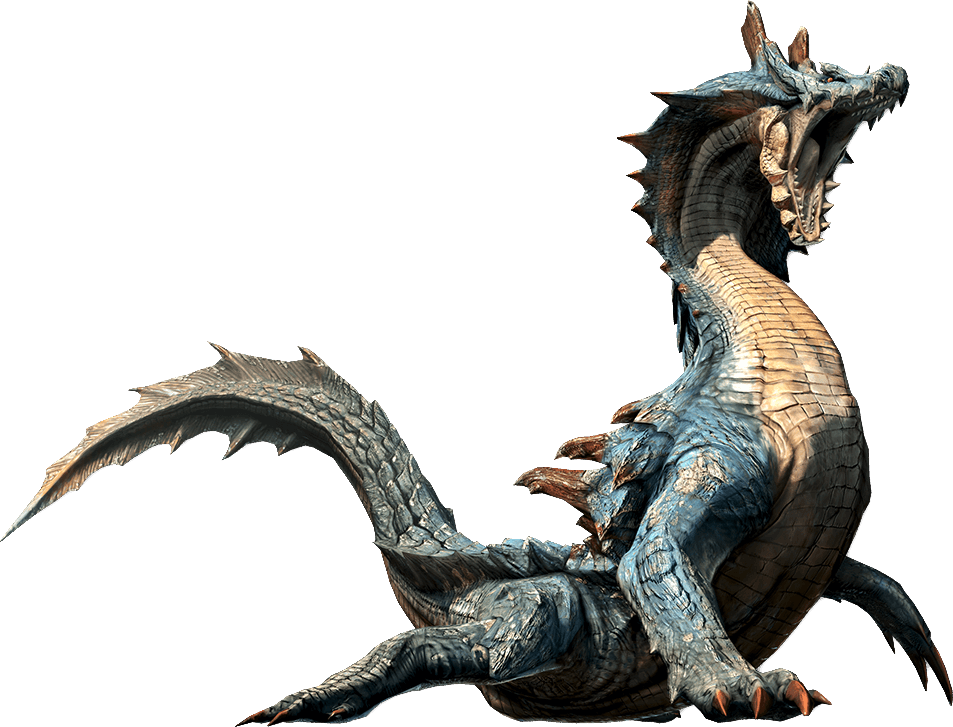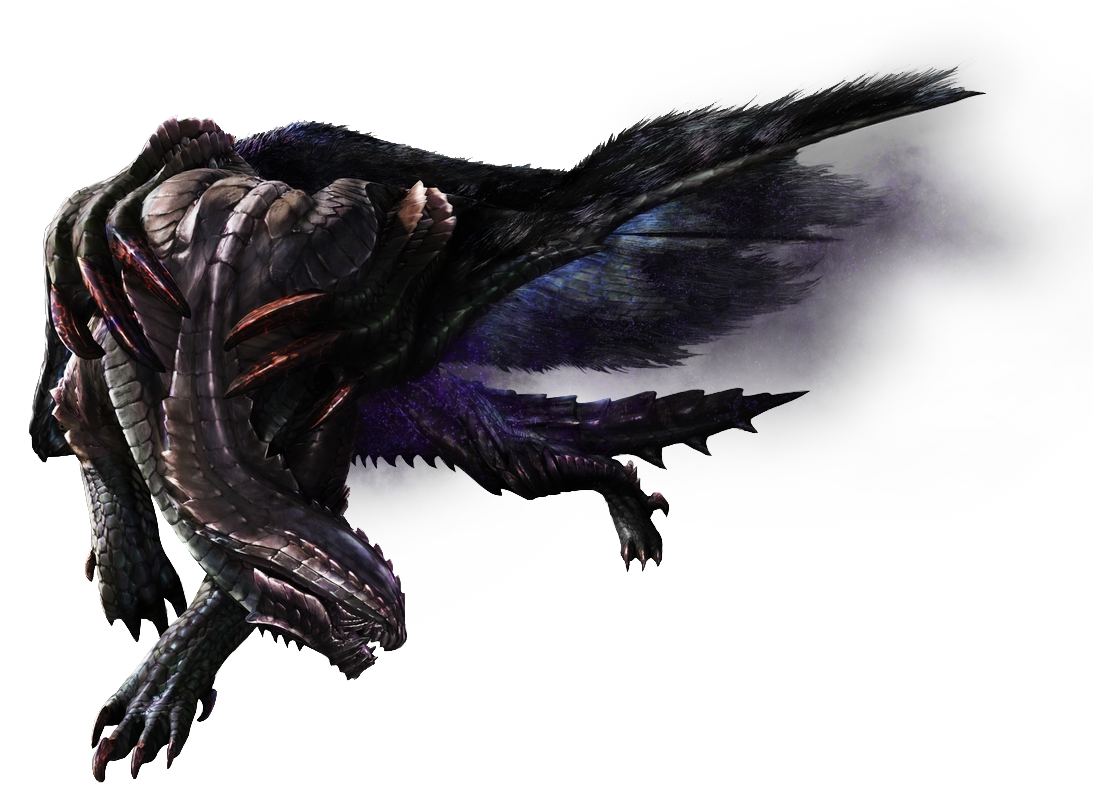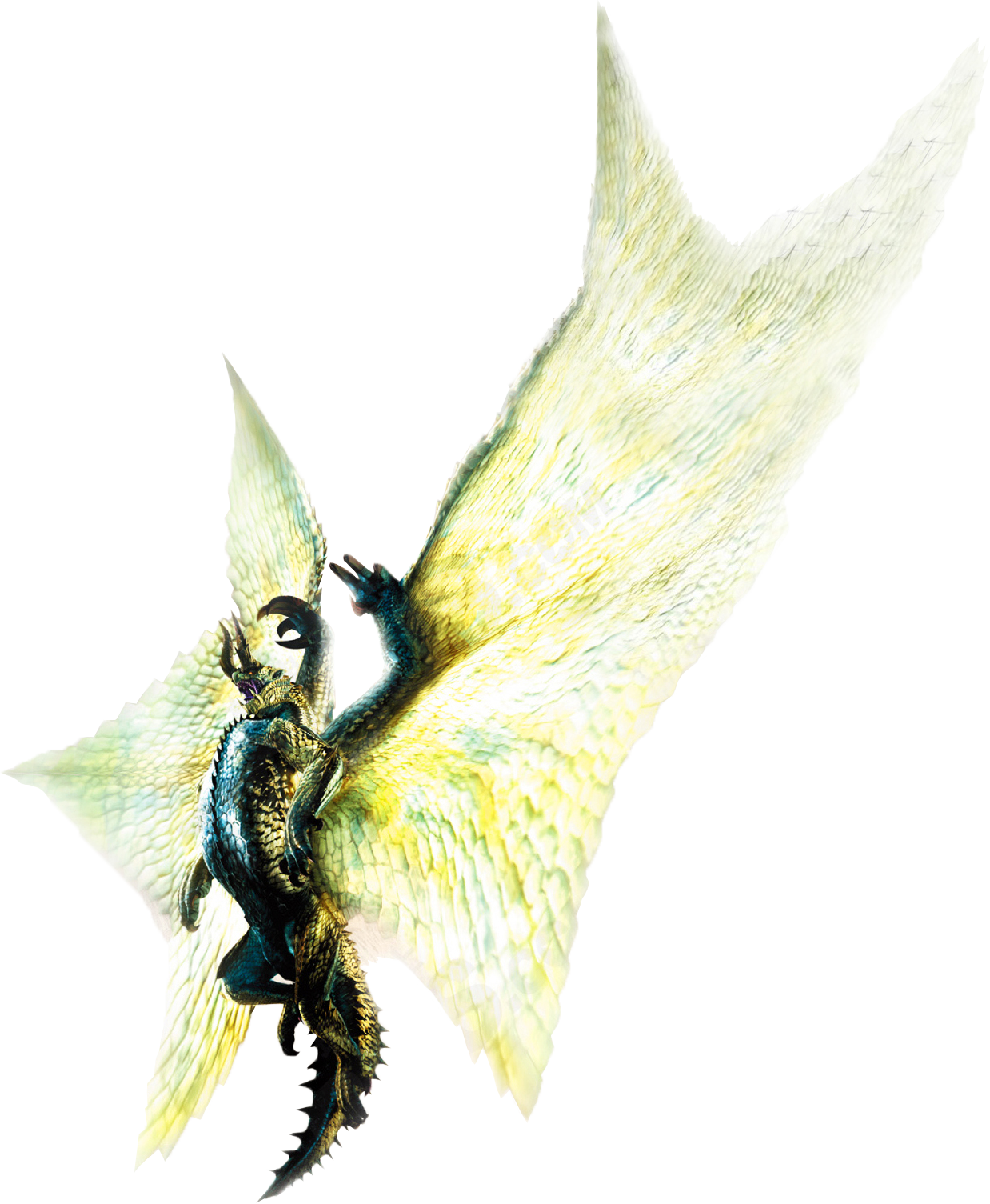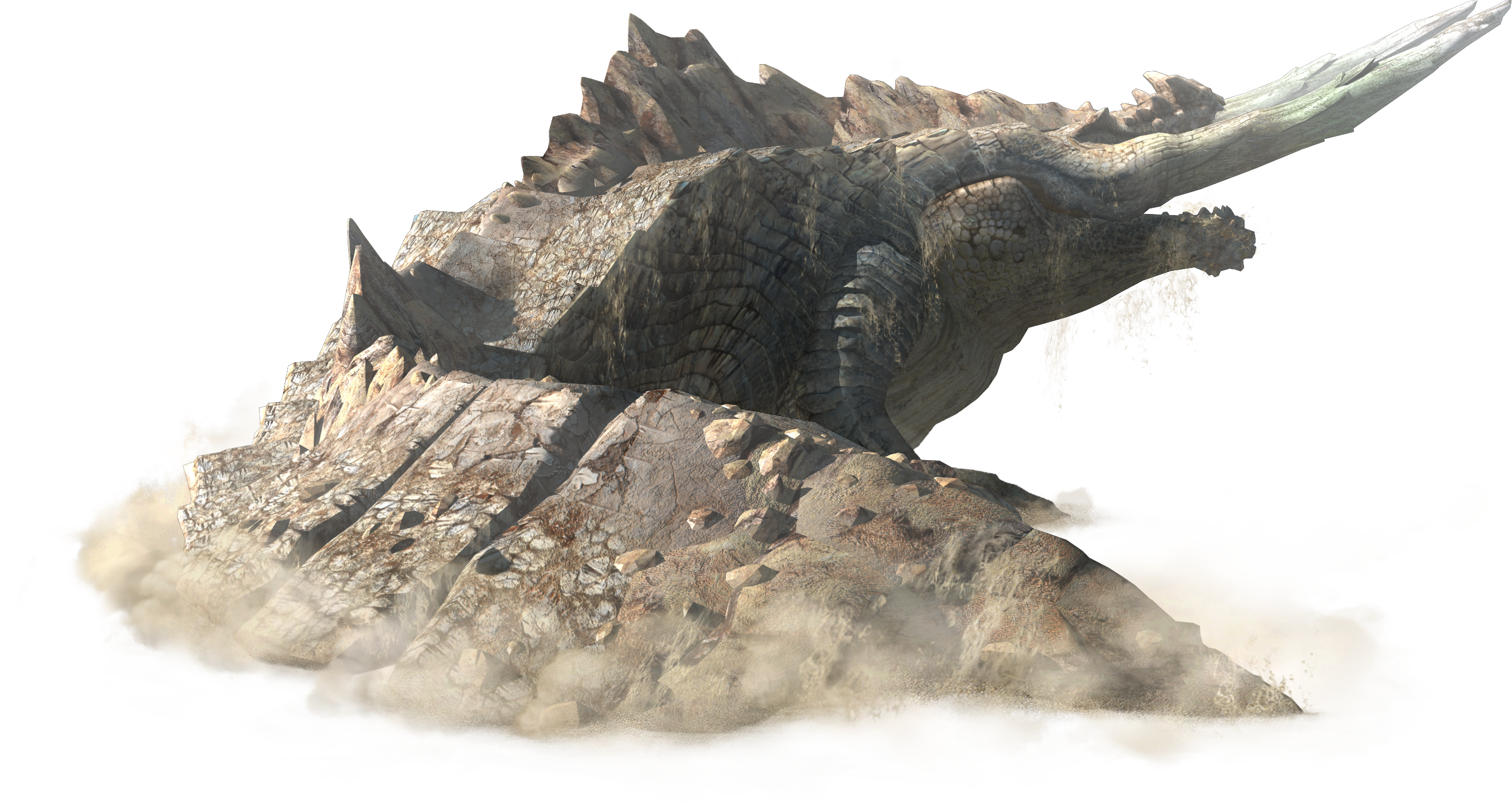
A note before we begin: I'm not actually sure when I wrote this article. The "Created On" date my computer lists is January 7th, 2016, but I'm pretty sure that's just when I got my new computer and transferred the file over to it. Given the dates of the linked articles, I probably wrote it closer to 2012 or 2013. Point is, it's been a while. In the time since, Cracked has gone absolutely off the rails. First, over half their readership got permabanned... for liking puns. No, seriously. John Cheese wrote a column about how much he hates puns (I guess Cheese doesn't think they're very gouda.) and got so much flak for it that they banned half the site. The writers who were left with brains in their heads instead of smoldering craters of rage decided to jump the rest of the way into the deep end, and now spend their days flailing their arms and shrieking madly about how all men need to die as punishment for the Ghostbusters reboot getting a bad review. So yeah, Cracked is no longer worthy of even a passing glance from any intelligent person. I decided to post this anyway, because I'm an asshole, because I wanted another article to post, and to prove that I was hating Cracked before it was cool, you hipsters.
Way back in 2003 I was inspired by a combination of Seanbaby and the Agony Booth to create my own website, full of all my artwork, role-playing character biographies, and various video game reviews. That site was Knight Productions and it sucked. In 2007 I was inspired again to create a blog with better reviews, less other stuff, and 100% less of Angelfire's bullshit.
While I was not actually inspired by Cracked.com, the website version of the now-defunct Cracked Magazine (aka the poor man's Mad Magazine), it has influenced me quite a bit since then, mostly by showing me that list-based articles are very easy.
Aside from videos, comics, and photoshop contests, the content on Cracked can be fit into two groups: regular articles, which are written by members of the community and pass through the hands of multiple peer reviewers and editors before they hit the front page, and columns, which are written by the site's permanent staff writers and go through absolutely no editing process before being posted.
There are also two types of columnists at Cracked. The first group uses this whole "no editing" thing to awesome effect, being as raunchy or frank as they want without the fear of some editor making mincemeat out of it. The second group uses it as an excuse to take a huge dump all over Cracked's readers once a week.
Guess which group we'll be looking at.
5. 7 Phrases That Are Great Signs It's Time To Stop Talking
By Christina H
On the surface Christina is hard to dislike. She primarily rants about things we all hate: phony people, obnoxious douchebags, the whole works. But then you read the articles and you notice a disturbing trend. She's not talking about specific groups of assholes...she's talking about everyone. Literally everyone is exactly the same to her: a phony, arrogant hipster who needs to get over themselves.
Think you have an interesting and unique personality? Stop pretending you're cool, PHONY. Think you have an interesting story to tell? No one cares but you, ASSHOLE. Think you're talented or skilled in any way? No, you're not, LOSER.
Like a lot of these articles, 7 Phrases That Are Great Signs It's Time To Stop Talking is kind of a misleading title. In this case a more accurate one would be 7 Excuses To Dismiss Legitimate Arguments. In the article Christina discusses 7 "red alert" phrases which she claims instantly let you know the person you're talking to isn't worth your time and can be safely ignored: phrases like "I'm not racist, but..." or "I don't care what anyone thinks of me." If you're not sure what the problem is here, I'm sorry you had to find out this way, but you are everything wrong with the world.
Real intellectuals don't look for petty excuses to ignore dissenting opinions because they know that ignoring dissenting opinions, no matter what your reason, breeds ignorance - of course it does, the word "ignorance" has the word "ignore" right there in it! You can tell a lot about the kind of people who do look for these excuses by looking at the comments to that article. "I hate philosophy." "Anyone who talks about morality outside of church is wasting their life." These are the people who like Christina.
Thing is, I don't believe Christina is stupid. If she was then she wouldn't be writing even semi-philosophical articles like this one. She'd be writing about Ke$ha, or Britney Spears, or about getting drunk and high. No, Christina strikes me more as a person who is at least moderately intelligent, but who is so terrified of being seen as "full of herself" that she's playing dumb in exchange for popularity. There comes a time in every smart person's life when they realize that the world does not want them to be smart, and an unfortunately large number of them will make exactly the same decision that Christina clearly did.
4. The 8 Stupidest Defenses Against Accusations of Sexism
By Luke McKinney
In simple terms this was a follow-up piece to one of Luke's previous articles, The 5 Most Ridiculously Sexist Superhero Costumes, but even saying that is giving this passive-aggressive temper tantrum too much credit. A more accurate name for this one would be "8 Comments On My Last Article That Made Me Totally Cry, You Guys."
Let's get one thing out of the way first: men who write articles about the media's portrayal of women are like white guys who write articles about the N word. I'm not going to say that you're not allowed to be bothered by it. Quite the opposite, in fact. Prejudice and discrimination should still bother you even if they're not directed at you, so sure, a man can absolutely write a post about how women are treated badly... but when it's every single post you make? When you spend hours a day writing article after article about that, and nothing else? People are going to start thinking you're compensating for something.
Besides, objectifying people is literally just what comic books do. Sure, men aren't sexually objectified as often as women, but despite what internet slacktivists tell you, there are other kinds of objectification out there. So yes, the women are the sort of half-naked vixens that prepubescent nerds wish they could get with, and the men are the chiseled slabs of trigger-happy testosterone that prepubescent nerds wish they could be.
Such a stupid premise couldn't possibly have found a better champion than Luke. He established his knack for ignorant bullshit back in 2007's 5 Recent Scientific Advances (And How They'll Destroy Us All). The primary argument in all of his columns is "I don't really know what I'm talking about, but if I remove all context then it doesn't matter." Eventually he moved on to writing social justice articles, presumably because he too realizes he's a moron and knows that now people can't call him out without being accused of hate crimes.
For the sexist costumes article he starts by only bringing up the weakest examples possible, then in a particularly glorious moment of stupidity attempts to prove Wonder Woman's costume is sexist (of course it is, see above) with not one but two pictures of a woman who is not Wonder Woman.
When astute (or at least vaguely awake-ish) readers pointed out that Luke had just made a complete ass of himself again, he responded with The 8 Stupidest Defenses Against Accusations of Sexism, otherwise known as Luke McKinney Calls His Readers Celibate Homos 8 Times, which is especially ridiculous since "call the other person gay" is his number 8 entry. He specifically points out how stupid of a defense that is, then proceeds to use it to defend himself for the rest of the article.
This wasn't the first time a Cracked columnist wrote an article like this, of course. Thing is, the other time was Seanbaby, who has built his comedy career on 1) being an arrogant and dismissive asshole, and 2) being so damn funny and charming that number one doesn't matter. By comparison, Luke is almost as uncharismatic as he is unfunny, and he tries to compensate for that fact by being a hundred times whinier.
Also, no, you don't need to tell me that Seanbaby is an asshole. Since writing this I have developed a much lower amount of respect for him. No, Seanbaby isn't cool, or smart, or even particularly funny. He just acts really confident about what he's saying, which tricks the simpler parts of your brain into thinking that he's making better points than he really is.
3. 5 Unhelpful People You Meet In Every Hospital
By John Cheese
I don't have an actual link to this article, as it seems that everything John Cheese ever wrote for Cracked has since been expunged from the site, presumably because even they realize that he's a total piece and are trying as hard as they can to distance themselves. To be honest, I'd congratulate them on their wise decision, but considering they were perfectly willing to ban half the site for him earlier, I doubt the decision was made for wise reasons. Anyway, I've left the url there just to show that there was a real article at some point, but the link will end up just taking you to Cracked's home page.
If a news story broke tomorrow about a bad crop of strawberries that was giving people food poisoning, Christina H would write an essay on how responding to the story is a sure sign of arrogance and selfishness. Adam Tod Brown would work it into another article on how the outdoors are evil. Luke McKinney would write an article called "5 Reasons Strawberries Hate Black People" and populate it with photos of kiwis. John Cheese would argue that we should all eat the berries anyway because it's not like we could have grown any better ones.
Most of his columns go about the same way: John starts off by ranting about some problem with modern society, then about halfway through he remembers he's a spineless coward and he does an abrubt 180 flip and starts defending the thing instead. If he can't come up with a reasonable defense for it, then he falls back on the easy response of "we're all just too stupid to understand."
It seems there's nothing too terrible for him to defend it, whether it be child abuse, surrendering to bullies, placing money above everything else, or giving up everything you enjoy. So it's a bit hard to choose just one column as being worse than the others.
And again, none of those links are going to work.
In the end, though, I think the title has to go to 5 Unhelpful People You Meet In Every Hospital. Again, to be fair he does at least start out by complaining about a real problem with society, in this case nurses and candy stripers who don't care about their patients, but as usual by the end of it he's rabidly defending their right to murder patients through neglect then casually laugh it off and move right back to gossiping with their co-workers. Unlike some of his other articles people have actually died thanks to the group he's defending, but the real reason this one takes the cake is that his own girlfriend very nearly also died at their hands, which he acknowledges in the article itself.
Yes, even the near-death of a loved one isn't enough to make him actually stand up for anything.
2. New Applicants
By John Cheese
Yep, it's John Cheese again. In this case, not only do I not have a link, I don't even know what the actual title for this one was. All I had written down is what you see above, and as mentioned none of Cheese's articles exist on Cracked anymore. I'm pretty sure the title was something along the lines of "The Biggest Mistakes Made By New Job Applicants" or something.
When Cheese isn't being an apologist he's being a money-grubbing, pompous elitist. Nowhere is this better illustrated then in this article. In the second entry on his list, Cheese tells the story of when he was a manager at an unnamed business. A teenage boy came in to apply and while he was filling out the application his father told the employees that his son played video games too much. Then, when the father and son left Cheese stamped "Do Not Hire" on the application and threw it away.
So, what lesson could an unemployed person looking for a job take from this story? That if your parents like to undermine you then you shouldn't bring them along while job-hunting? About the only lesson we can take from the story is that Cheese is an asshole. The story isn't even remotely related to the point he was trying to make anyway. (The point he was trying to make was about children asking their parents to fill out their applications for them.) Clearly, Cheese was just so proud of himself for stomping on a kid's attempt to get a job that he felt the world must know.
1. Comedians Destroying Hecklers Article
By John Cheese
Surprise! Okay, not really. Given what I've said about John Cheese before, it shouldn't surprise anyone that he's here a third time. Keep in mind, however, all of what I wrote about him came BEFORE he had half the site permabanned to suit his ego, and before whatever meltdown I don't know about that led the rest of the lunatics at Cracked to decide he was too crazy even for them, and finally say "no more Cheese before bedtime." [UPDATE: After actually bothering to look into it, turns out John Cheese was fired because he was literally a rapist. Just goes to show, whenever I call someone an asshole, I'm always right.] Also, there's still no link or title. I'm sure that's a huge disappointment to everyone.
Also, damn it, at least when I'm posting obvious filler because I'm too busy with other things to update properly, it's still things that I actually wrote myself. Where's MY top dollar comedy contract, internet?! Huh? WHERE?!
This article is actually the closest Cheese has ever come to getting anything funny or intelligent on the site, and as with his previous article, "The 9 Most Brilliant Pieces of Comedy Hiding on Youtube", it's entirely because the videos do all of Cheese's work for him. Not that I'm complaining. If this article had been just the videos then it would have been lazy as Hell, yes, but it would also have actually been funny. Cheese's recaps of the videos are so stupid and unfunny that they almost suck all the fun out of watching Bill Burr call a room full of drunks a bunch of assholes. Almost.
Okay, so it's already a lazy and unfunny article, but it's also a prime example of why Cheese sucks. When you actually do read the recaps (because you're a masochist like I am, I guess) you realize that Cheese clearly doesn't understand at all why the videos are funny and satisfying (that is, because they involve smart and witty people defeating stupid jerks), because Cheese prescribes to the Jamie Kennedy method of Human Worth = Money x Fame, and views all the videos in that light (that is, as wealthy and famous people humiliating weak nobodies).
It's obvious the reason Cheese loves these videos so much is because he likes to imagine himself as the comedians in said videos, handily dominating all of his many detractors, while also being so hilarious and insightful about it that even the people he's destroying have to laugh at his jokes and awe at his wisdom. Of course, the irony of the situation is that his amorality and ignorance not only ensure that he will never, ever be able to stomp out his enemies like that, they're also the entire reason why he has said enemies in the first place.
Basically, if he was smart enough to be able to prove all his enemies wrong, then he'd be smart enough to realize that they're actually RIGHT. I like to call this particular phenomenon the Stupid Asshole Paradox.










